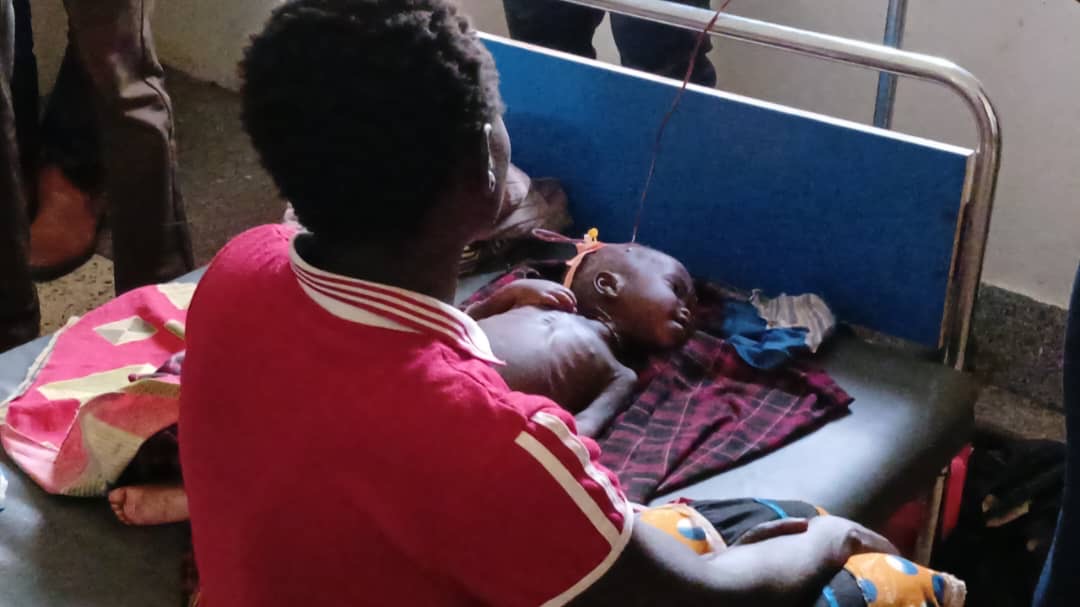
Nakapiripirit District is facing a severe malnutrition crisis—but amid the hardship, signs of hope are beginning to emerge.
Health authorities have reported a surge in malnutrition cases, with 808 children suffering from Moderate Acute Malnutrition (MAM) and 639 from Severe Acute Malnutrition (SAM) in the past quarter alone.
Yet even as these numbers raise alarms, local leaders, health workers, and community partners are pushing back with innovative, grassroots solutions.
Esther Adongo, the District Nutrition Focal Person, says the main drivers of malnutrition include chronic food insecurity and poor nutritional practices, often compounded by economic pressures that force families to sell their harvests instead of consuming them.
“The land here is fertile,” Adongo noted, “but household food security is often sacrificed for short-term income. We’re now shifting focus to sustainable nutrition strategies that keep food on the table.”
At Tokora Health Centre IV, which receives up to 15 malnourished children daily—mostly from Namalu and Kawosh sub-counties—staff are stretched thin. However, support is growing. Lazarous Lotuko, Head of Nutrition at the facility, said there is renewed urgency and commitment to scale up interventions.
“We don’t just need food—we need knowledge, tools, and long-term investment,” Lotuko emphasized.
One such long-term investment is being driven by Action Against Hunger, whose integrated approach to food and health is starting to turn things around. Their block farming initiative in nearby Nabilatuk is helping transform agricultural practices while improving household nutrition.
“This is not just farming—it’s a full ecosystem approach,” said Peter Eceru, Advocacy Manager at Action Against Hunger. “We’re coupling agronomic training with hygiene education and clean water access. The results are promising.”
The 60-hectare farm prioritizes staple crops like maize and sorghum, offering land preparation and extension services to residents. Kitchen gardens have also become a game-changer for families like that of Longile John from Arenga Village.
“Before, we barely had enough to eat,” John shared. “Now I grow tomatoes and cassava. I earned Shs150,000 from my garden. I don’t make charcoal anymore. Life feels more stable and hopeful.”
District officials are now urging wider replication of these successes. LC5 Chairperson emphasized the need to shift from subsistence to sustainability.
“We must stop selling off all our food,” he said. “We need to re-educate our communities on nutrition and make food diversity a priority.”
With Nutrition Week and National Nutrition Day approaching on May 28th, the district is rallying its over 100,000 residents across 209 villages to come together in building a healthier, more food-secure future.
The malnutrition crisis in Nakapiripirit is real—but so is the community’s determination to overcome it. And that, perhaps, is the most powerful resource of all.

